weak glutes and
lower back pain
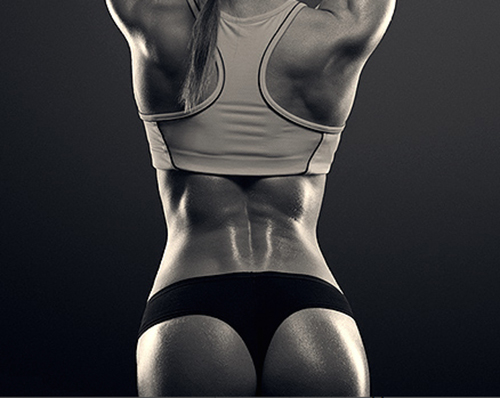
Weak glutes and lower back pain go hand in hand. Lower back pain is complex, but having weak glutes can be a major contributing factor to lower back pain.
Can weak glutes cause lower back pain?
What we think of as the glutes are 3 different muscles with different functions. The muscle most people think of, the gluteus maximus, works to stabilise the hip during movement. It also extends (moves backwards) the leg. If you have weak glutes, simple tasks such as getting up from a chair is more difficult, and you will tend to use your spine to move instead, increasing the chance of flexion-related low back pain. The result: the spine and the posterior tissues can become overworked and trigger pain. Weak glutes can also lead to tight hamstrings. Tight hamstrings can cause lower back pain through limiting the ability to hinge correctly from your hips.
The gluteus medius and minimus muscles lie along the side of the hip. These muscles are also critically important in lower back issues. They help keep the pelvis level during movement. If they are weak, other muscles, especially the quadratus lumborum (Ql), work harder to help keep the pelvis level. The Ql muscles are too small to stabilise the pelvis and fatigue. Tight, fatigued Ql muscles are almost always going to cause back pain. The Ql also plays a role in resisting shear forces.
When the gluteus medius muscle is weak, it fatigues easier than normal and can refer pain into the lumbar area, and can actually be mistaken for disc pain.
Muscles also tend to work in pairs. If the glutes are weak, then it may be due to the opposite muscles, the hip flexors at the front of the thigh, being tight. One of the hip flexor muscles, the Psoas, originates from the lumbar spine. If it is tight, it can cause low back pain for various reasons.
Why Weak Glutes Might Exist
There are a number of reasons why someone might have weak or inactive glutes. Inactivity and injury are the two main causes. When muscles are injured, they naturally become inhibited to help prevent further injury. One of the aims of injury rehabilitation is to switch the relevant muscles back on to their normal state. This is why initial exercises are usually performed daily for high reps, or involve isometric contraction. What is also important is to use the glutes in a functional manner, or what are termed closed chain exercises, with the feet in contact with the ground. This is yet another reason why pilates and machine-based training will ultimately fail.
Many people are actually aware they have weak glutes, either through inactivity or injury, but mistakenly believe that exercises like deadlifts and squats will automatically turn them back on. This isn’t the case and can lead to further problems. Even relatively minor injuries seemingly far away from the glutes, such a sprained ankle, can cause the glutes to become neurologically inhibited.
Inactivity resulting in weak glutes is because of the common phrase to “use it or lose it”. The gluteus maximus is a large muscle. Unlike other muscles which tend to be used during normal daily activity, the glutes don’t always fully switch on since they simply have no need to. Many popular sports such as golf and tennis, are asymmetrical in nature. This could mean one glute is stronger and active, with the other weaker and inactive.
How to strengthen glutes to relieve low back pain
The proper way to begin restoring glute strength is to ensure correct activation patterns.
The Lock clam, in conjunction with a prone hip extension, are the two best exercises to ensure correct glute activation through their specific functions, and are prescribed as part of a daily five routine, which is followed in a specific order, to enhance glute function and core stability.
Ignoring this vital step will only bring temporary relief, as incorrect motor patterns will still exist and the spine will be used for tasks it isn’t suited for.
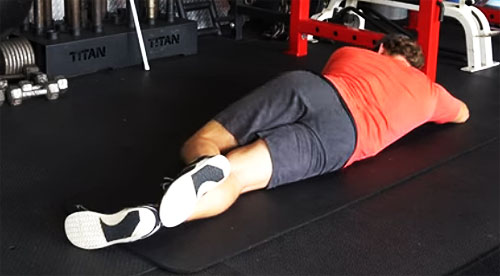
Muscles only work as much as they have to for a specific task. Having gluteal inhibition doesn’t mean that the glutes are completely switched off. It means that they just don’t contribute as much to a specific task.
Walking up stairs, for example, may only require 60% of your gluteal strength. Gluteal inhibition/amnesia means that the glute’s contribution may only be 30%, requiring the lumbar spine and hamstrings to contribute, which is an undesirable motor pattern.
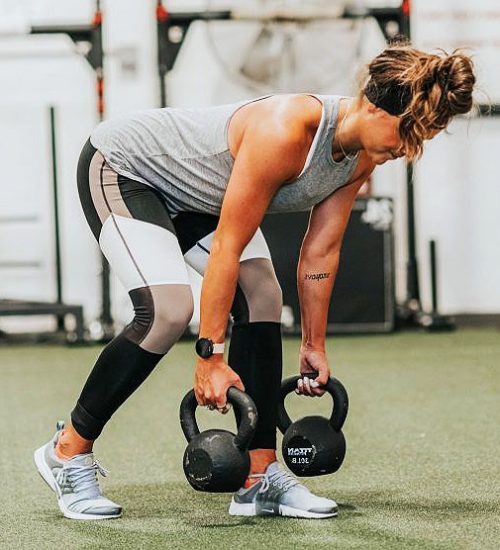
Glute strengthening exercises for low back pain
Progression of glute training is prescribed according to assessment of function and eventual requirements.
Other foundational exercises such as the side plank and bird dog have glute involvement, but most people should look to progress at least to a deadlift or variation, not only for strengthening purposes. but effective, spine-sparing movement patterns that enhance daily activities.
Other functional movements that involve glute strengthening are squats, lunges, step-ups, farmer’s carries and suitcase carries.
There are numerous variations of all of these exercises to suit personal requirements and goals.
The passive, active and neural approach to spine dysfunction is related to the three systems which provide stability to the spine.
Discs, ligamaments are bones are passive tissues – you can’t contract them. Muscles comprise the active system. The neural system are movement and motor control patterns.
Simply, when a passive structure such as a disc is injured, then the other two systems must make up for the resultant decrease in stability, hence the importance of correcting movement dysfunction, restoring motor control, developing core stability, and improving mobility restrictions.


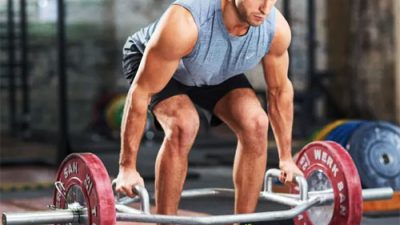
The banded box squat, donkey kick/fire hydrant and trap bar deadlift are three examples of exercises that can be adapted to almost everyone, and help facilitate glute activation, strength and correct motor patterning.
Back pain isn’t for life – unless you want it to be.
related articles
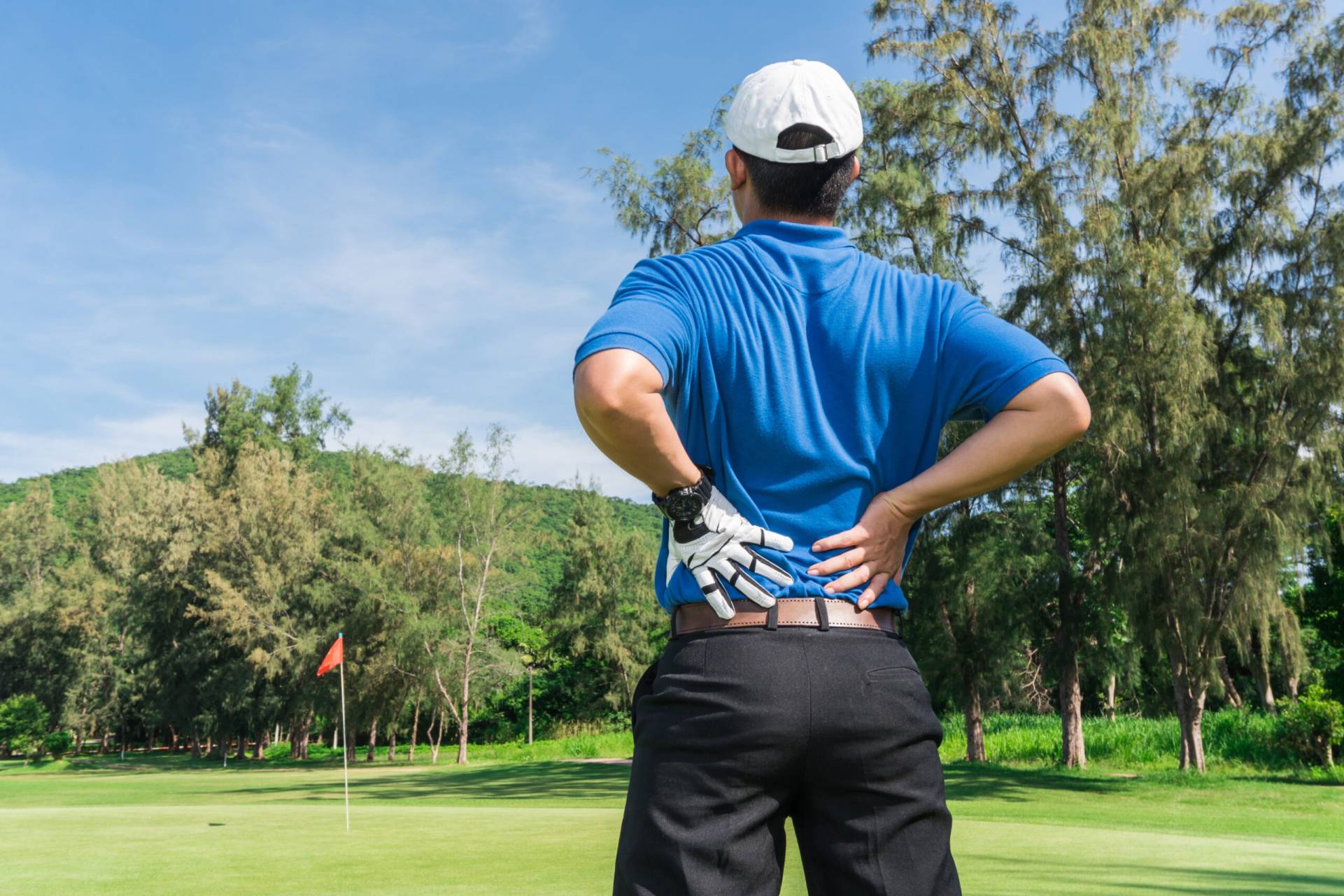
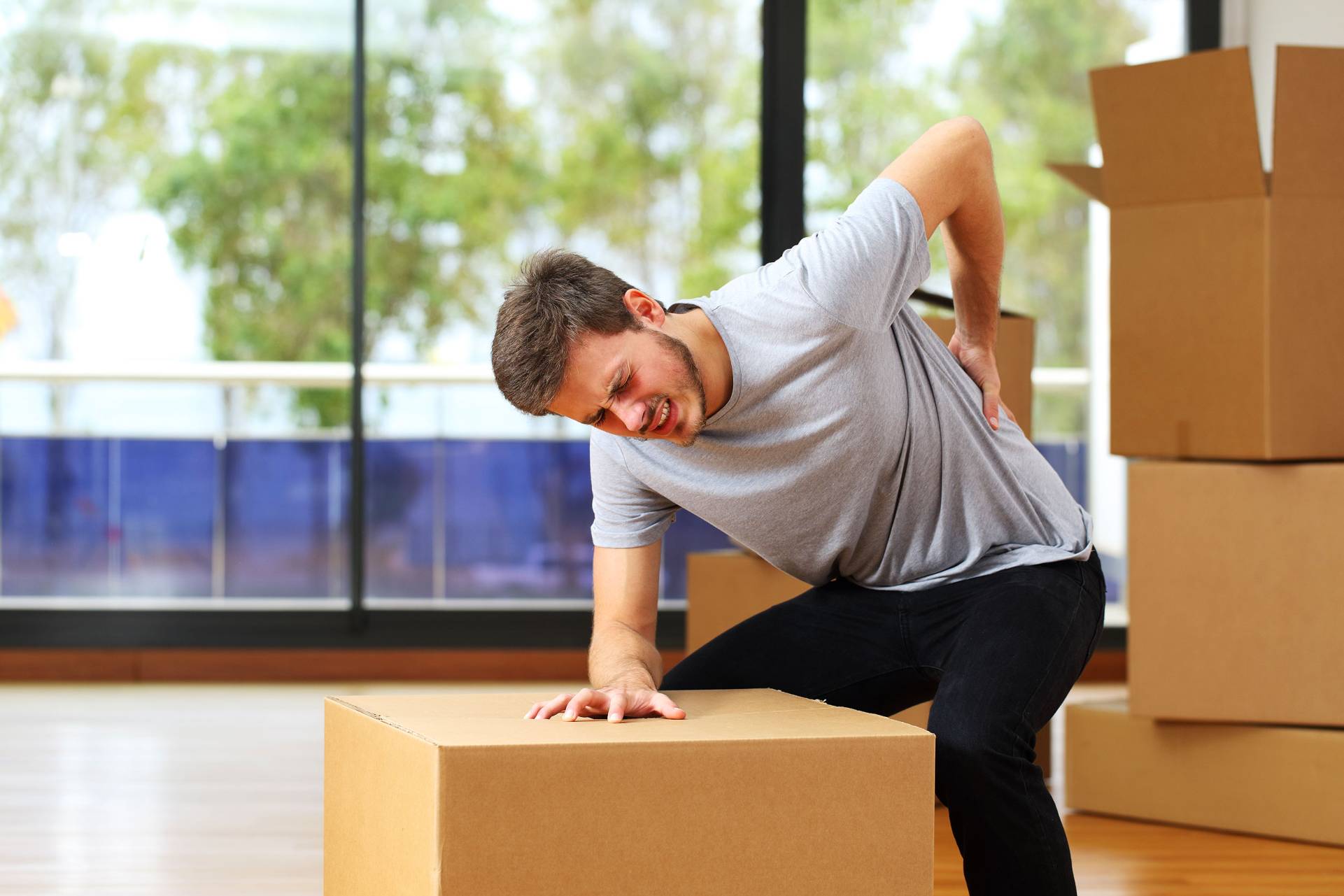
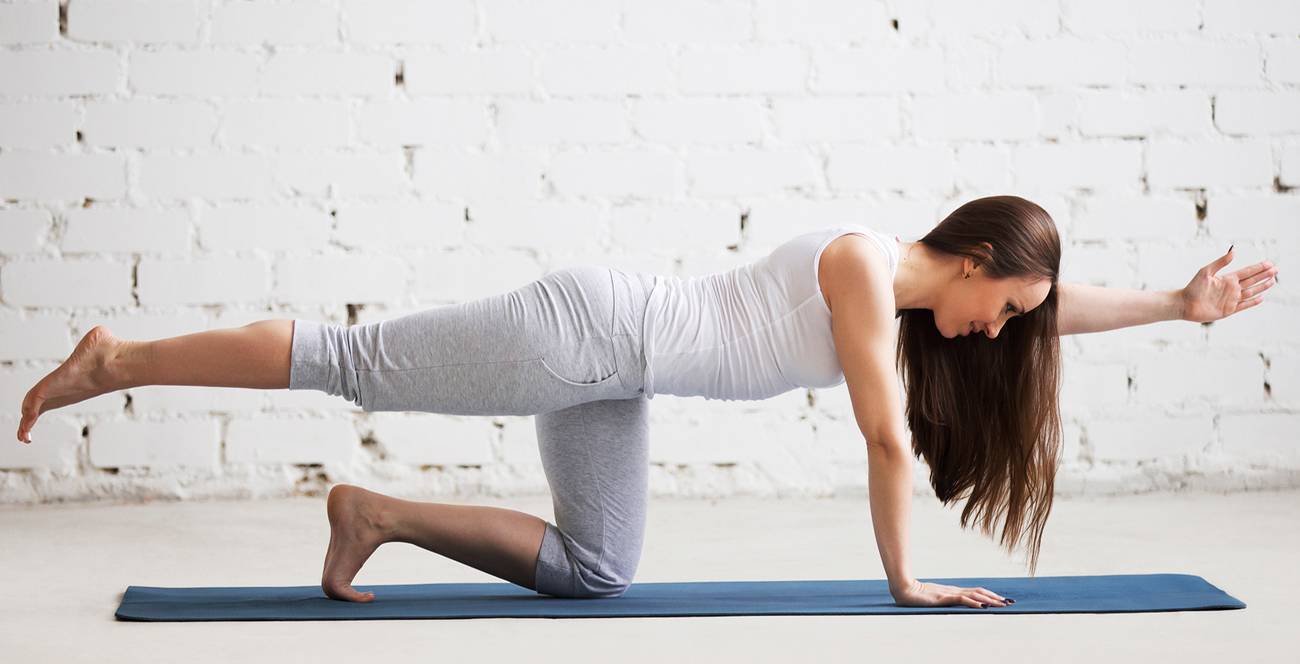
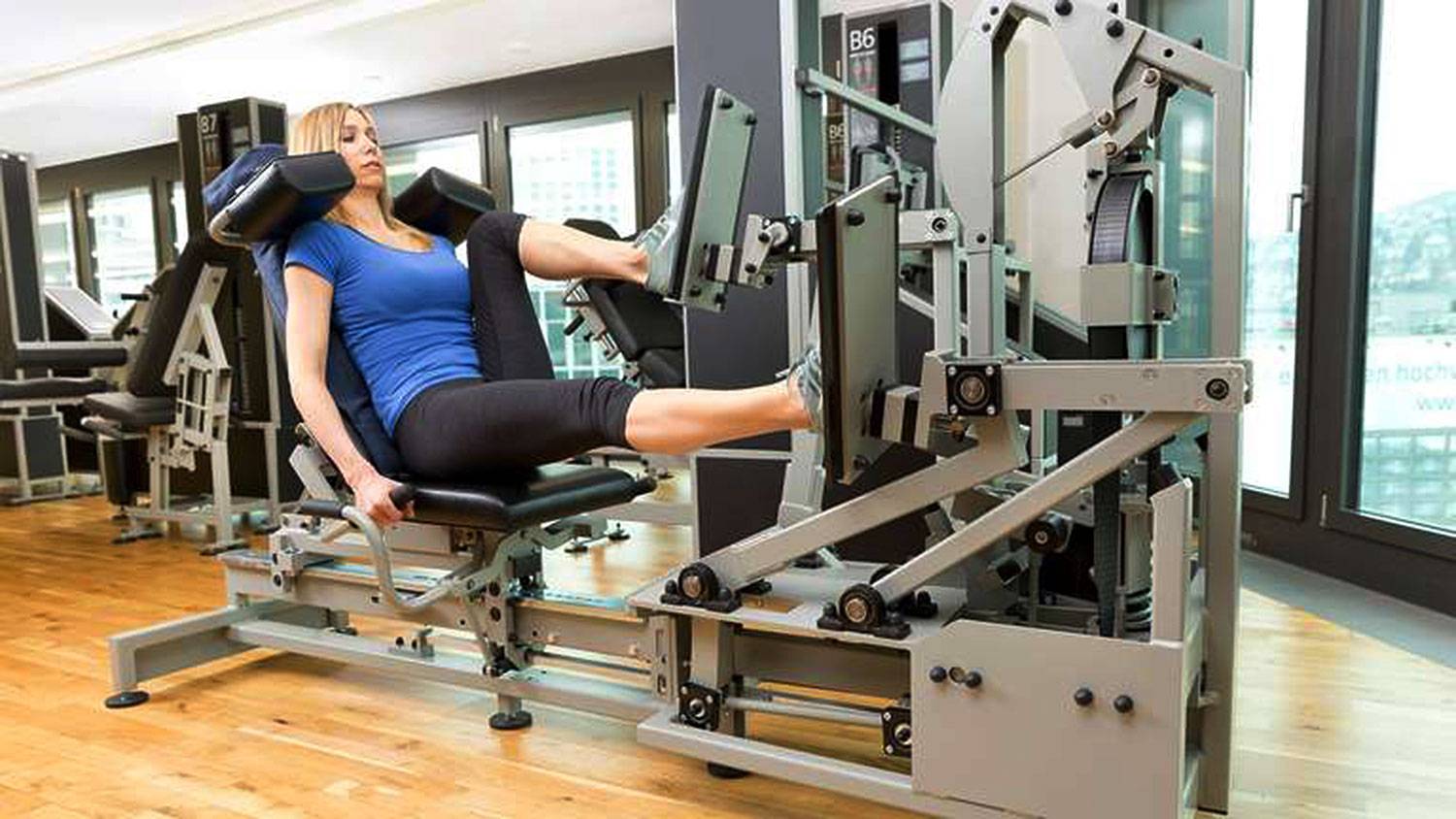
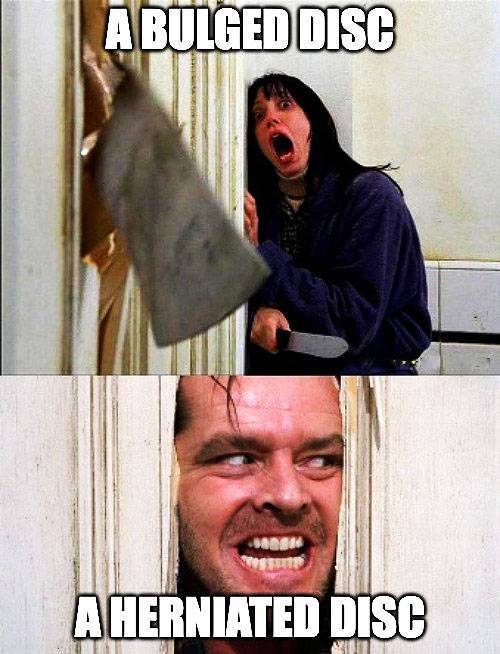
Golf is perhaps the one sport most closely associated with lower back pain. Around 30% of golfers experience back pain during or after golf. Is this related to the actions of the golf swing itself, or other factors?
Disc injury is the most common form of lower back pain. Bulges, age-related degeneration, lateral herniation and end plate injury are the most likely disc injuries, but the most common is a disc bulge.
A lack of core stability is often cited as one of the most common reasons for lower back pain. Most people, even rehab professionals, are ignorant of true core function and its relevance to lower back injury.
Machine-based training is everywhere claiming the best results for treating lower back pain. for some people, it might work, but it is more likely to aggravate the condition further, and will never future-proof your body for some simple reasons.
A slipped disc is a common but inaccurate diagnosis. Discs can herniate, but true herniation is rare. Terminology matters, as it relates to professionalism and rehabilitation.